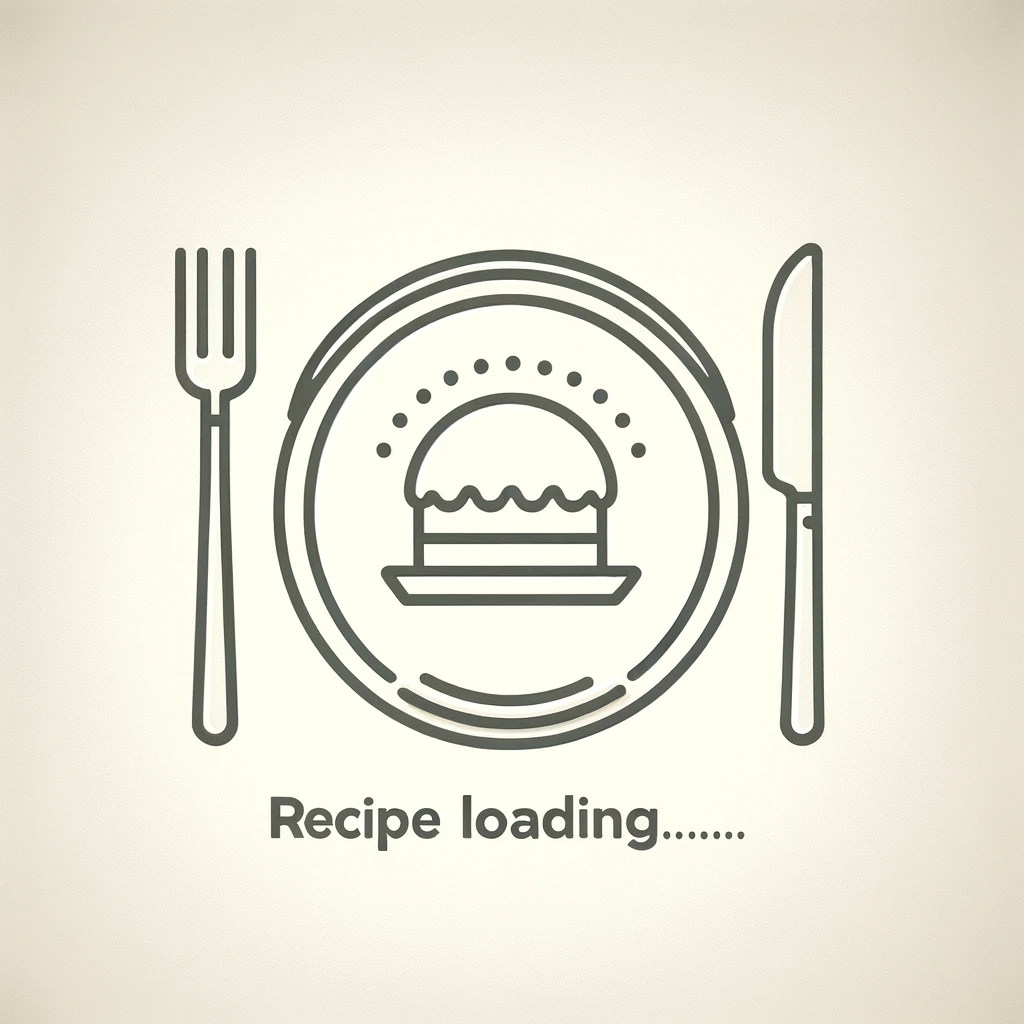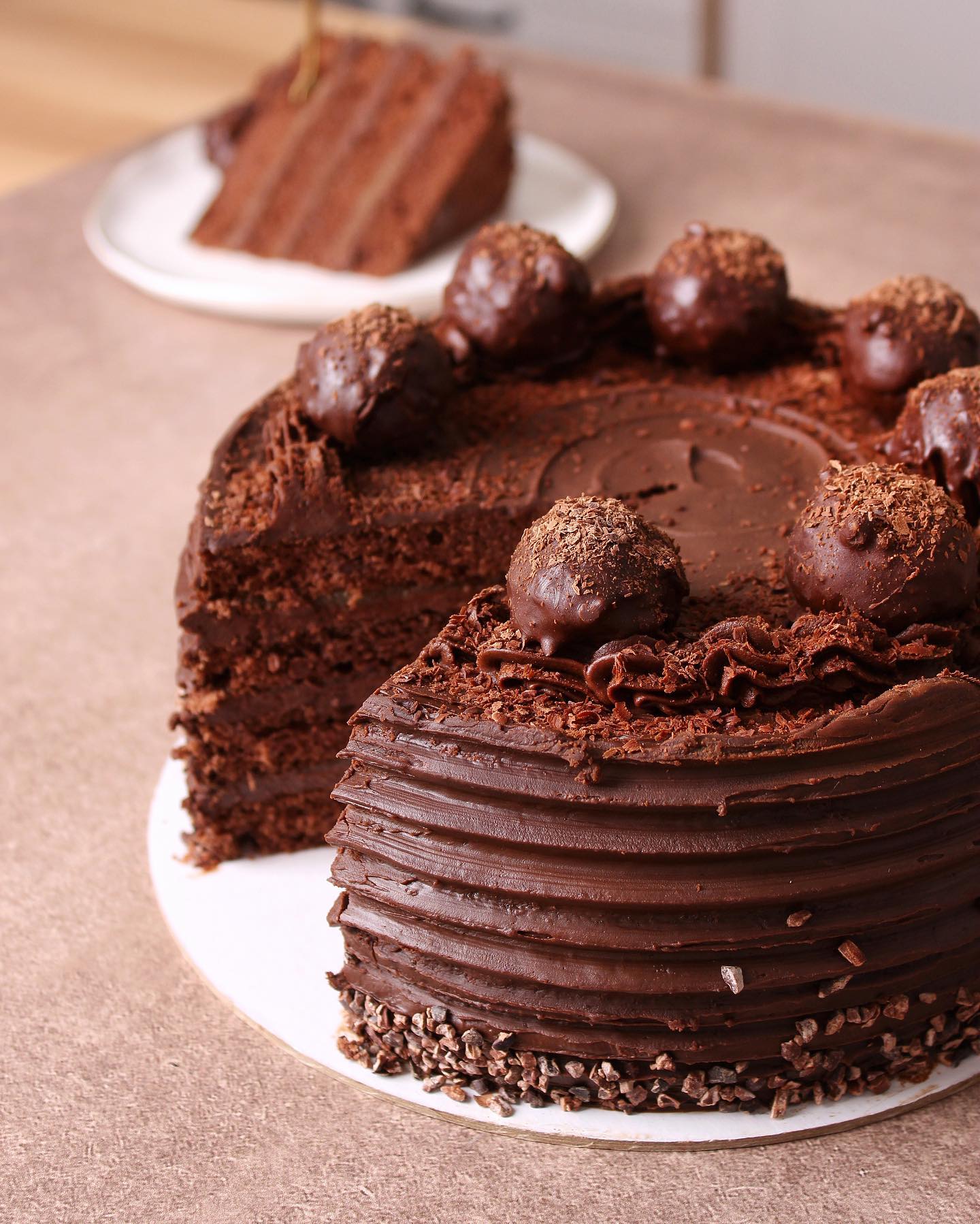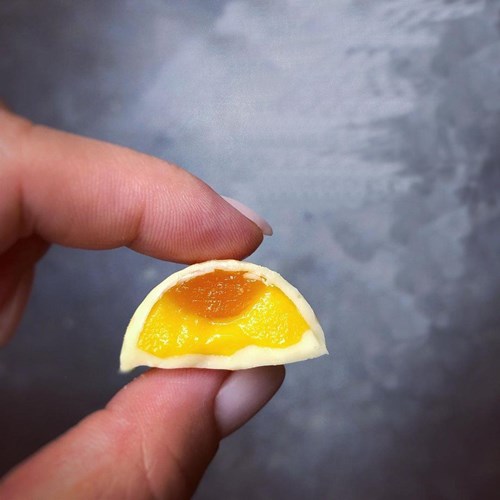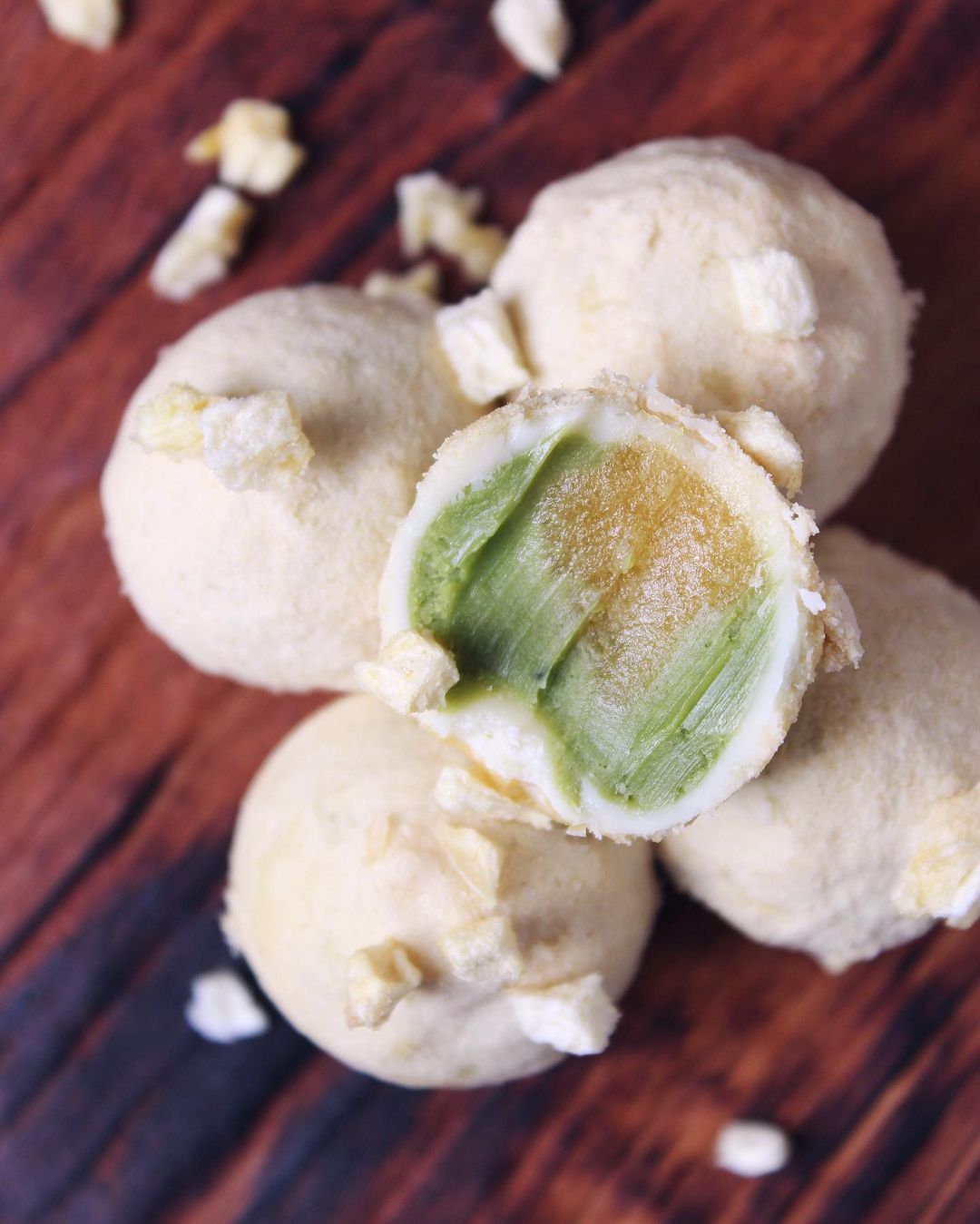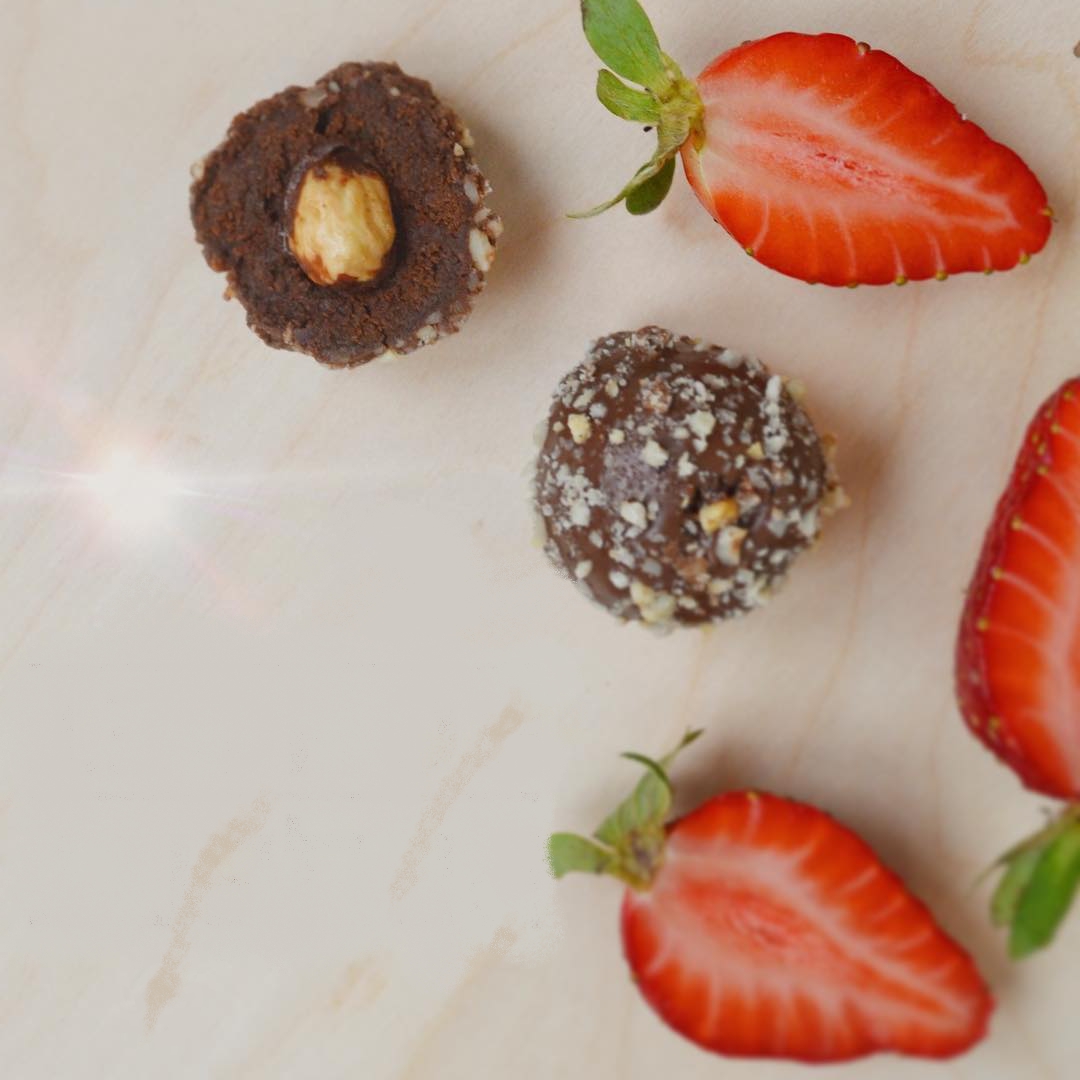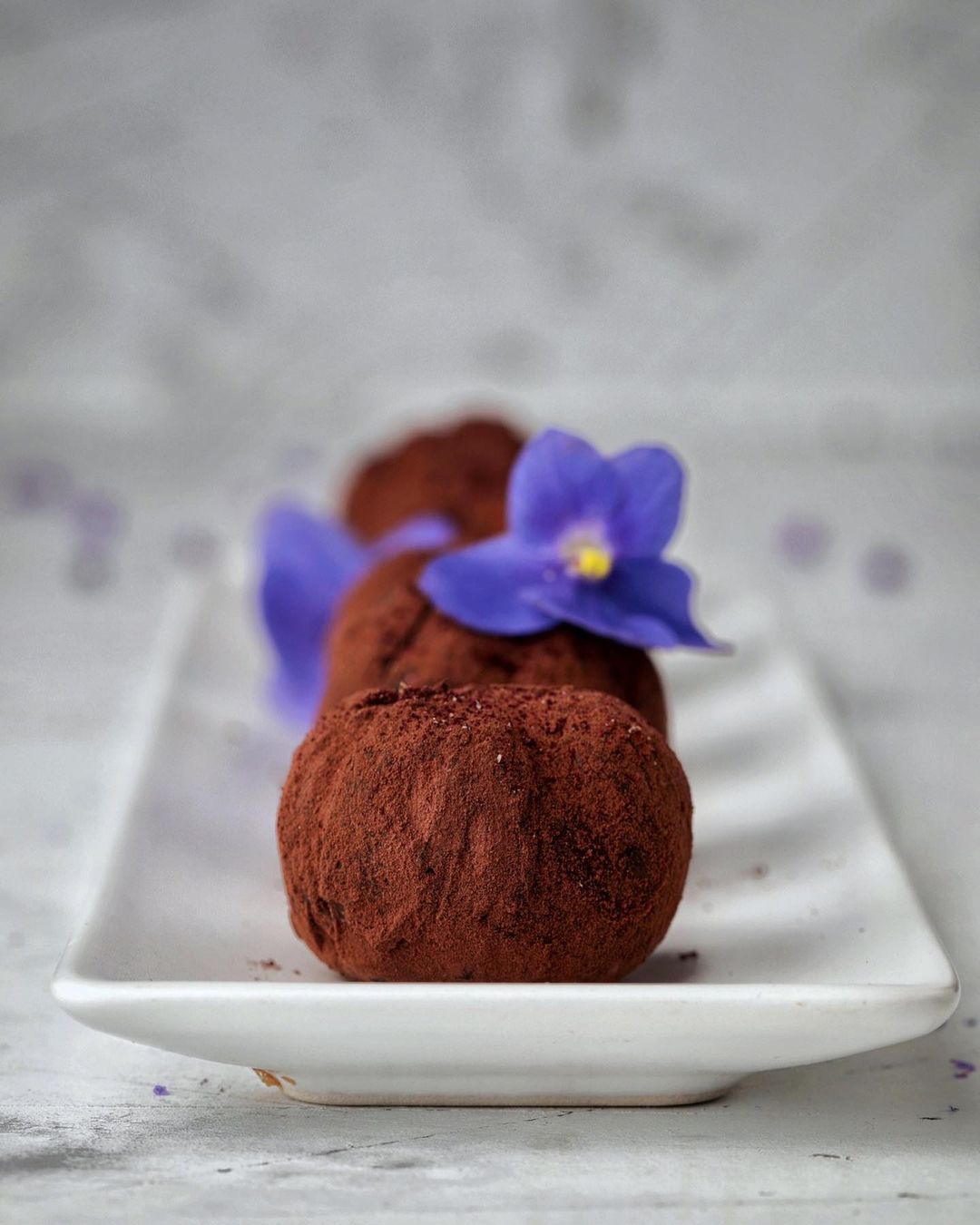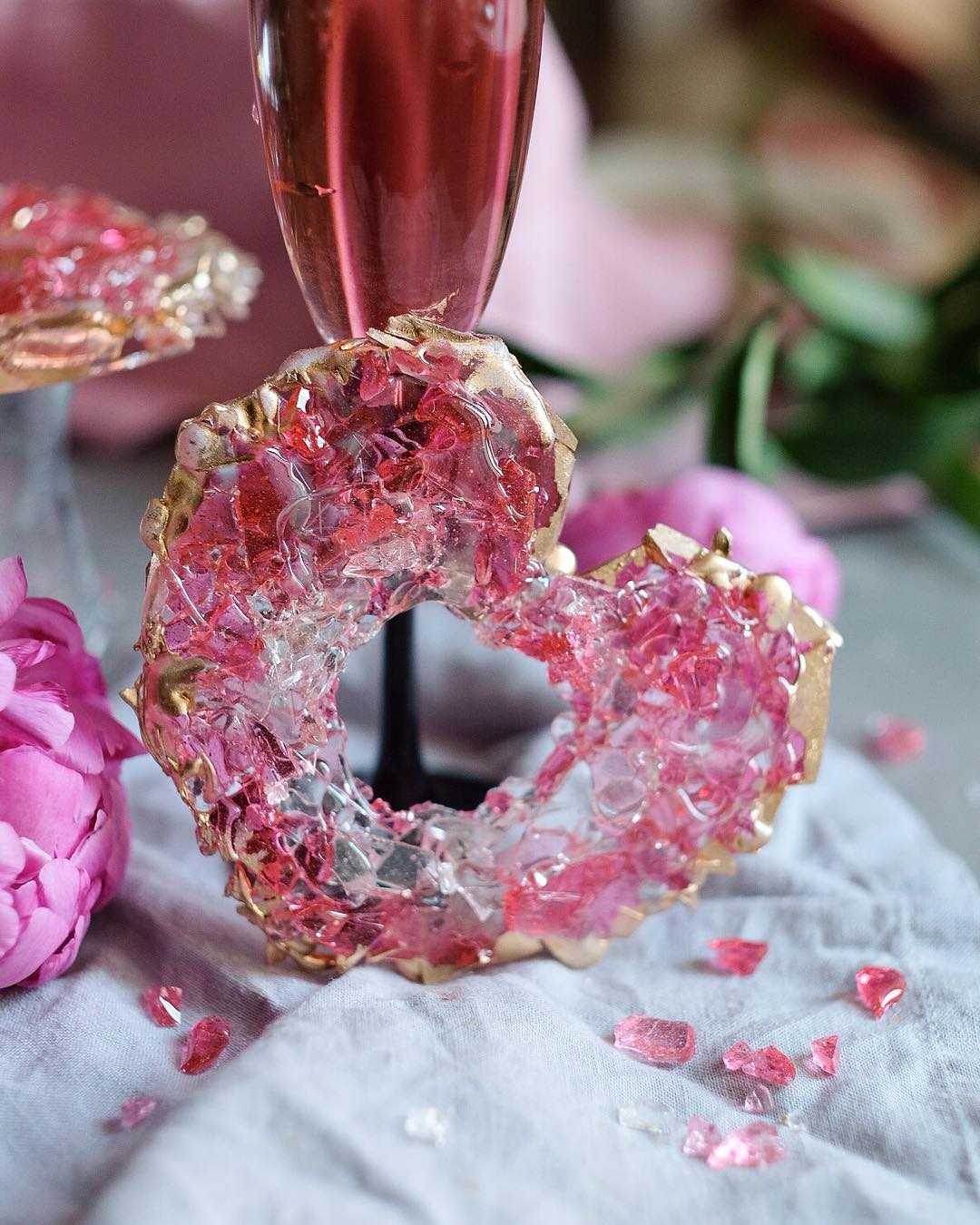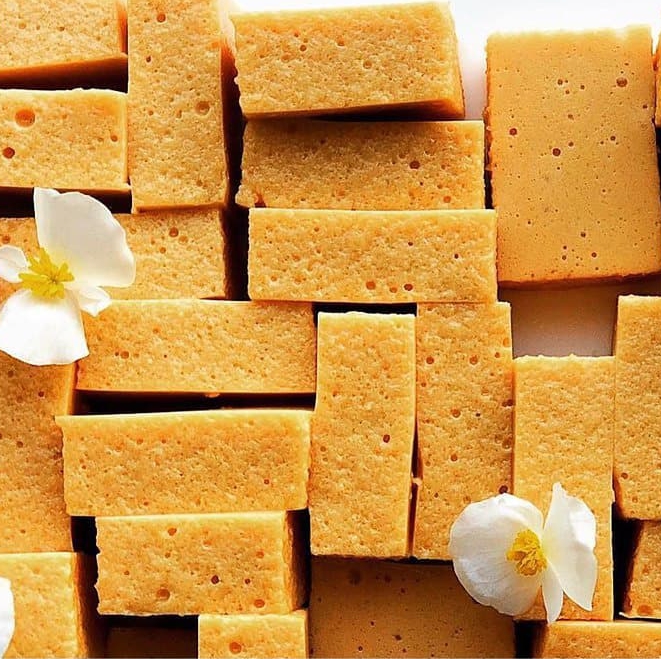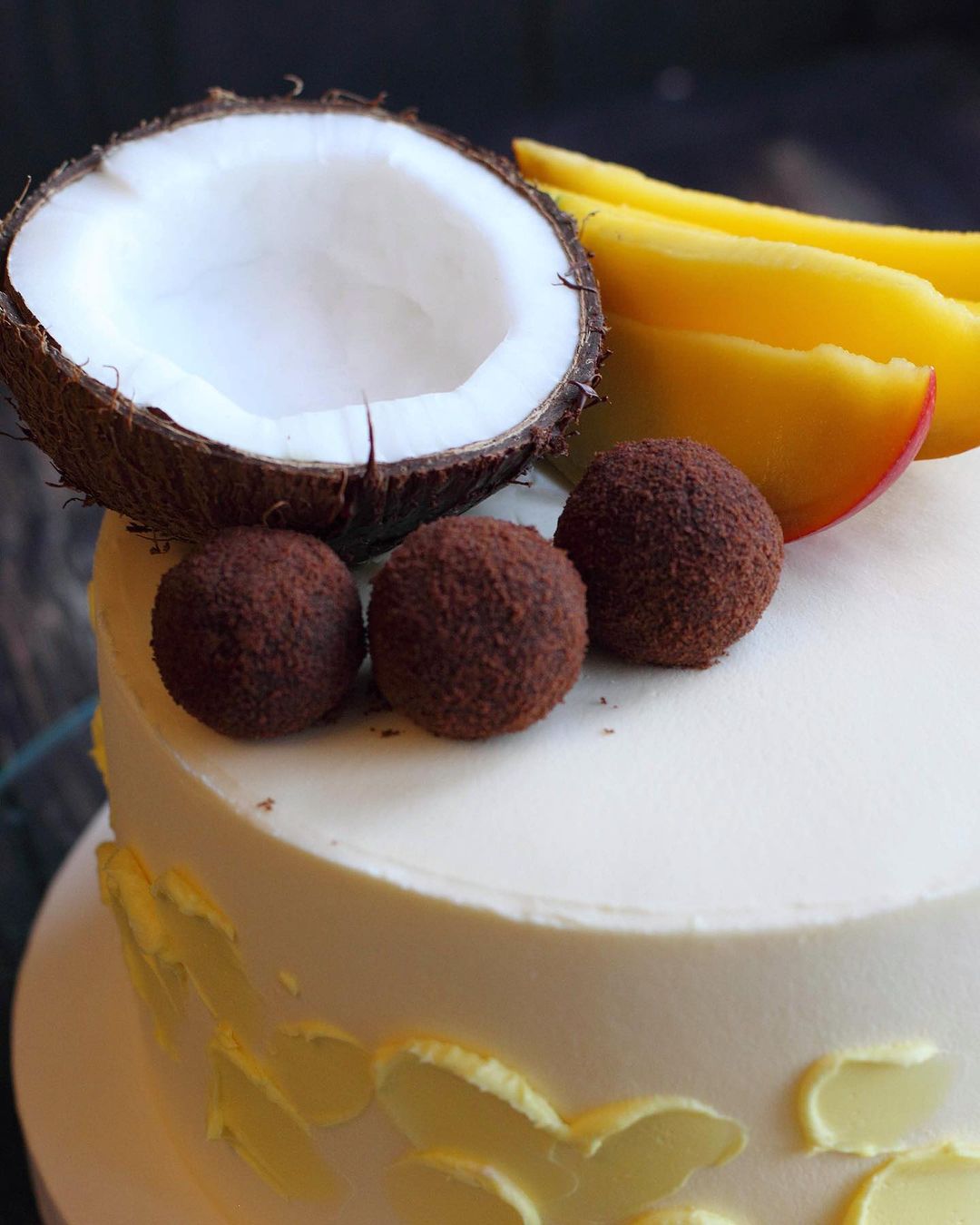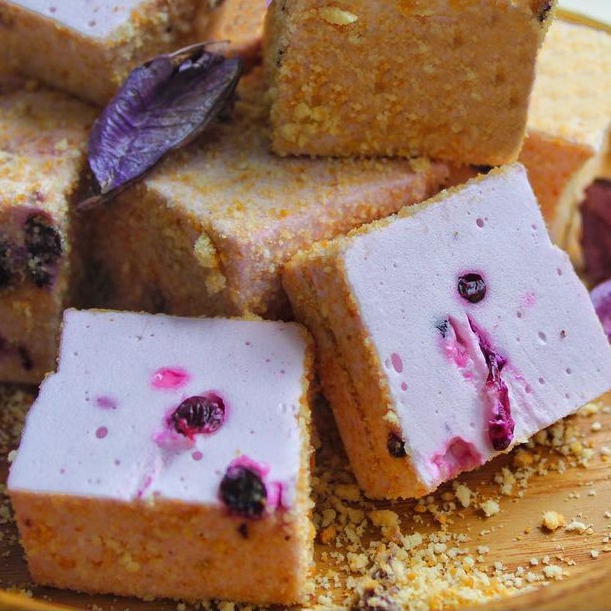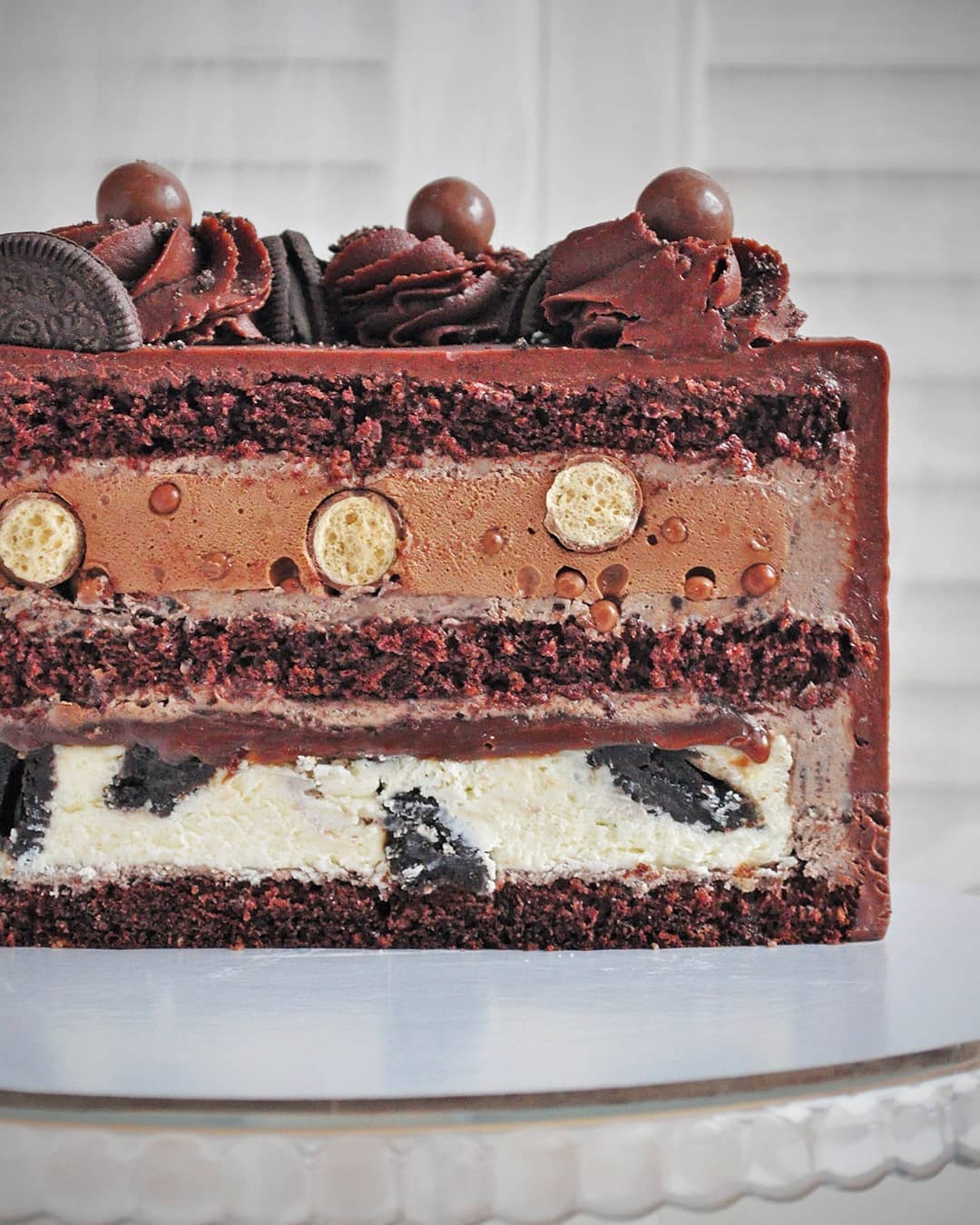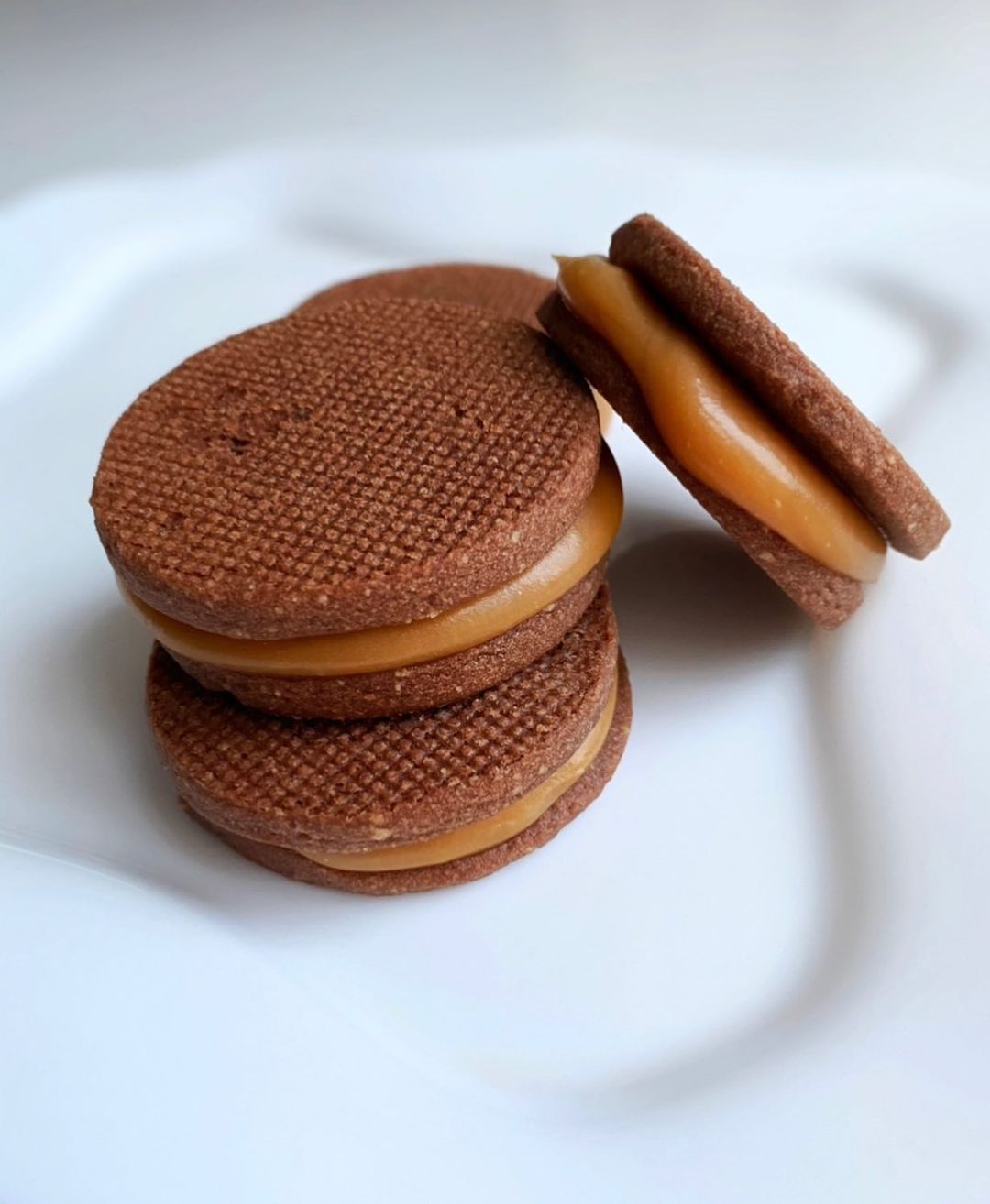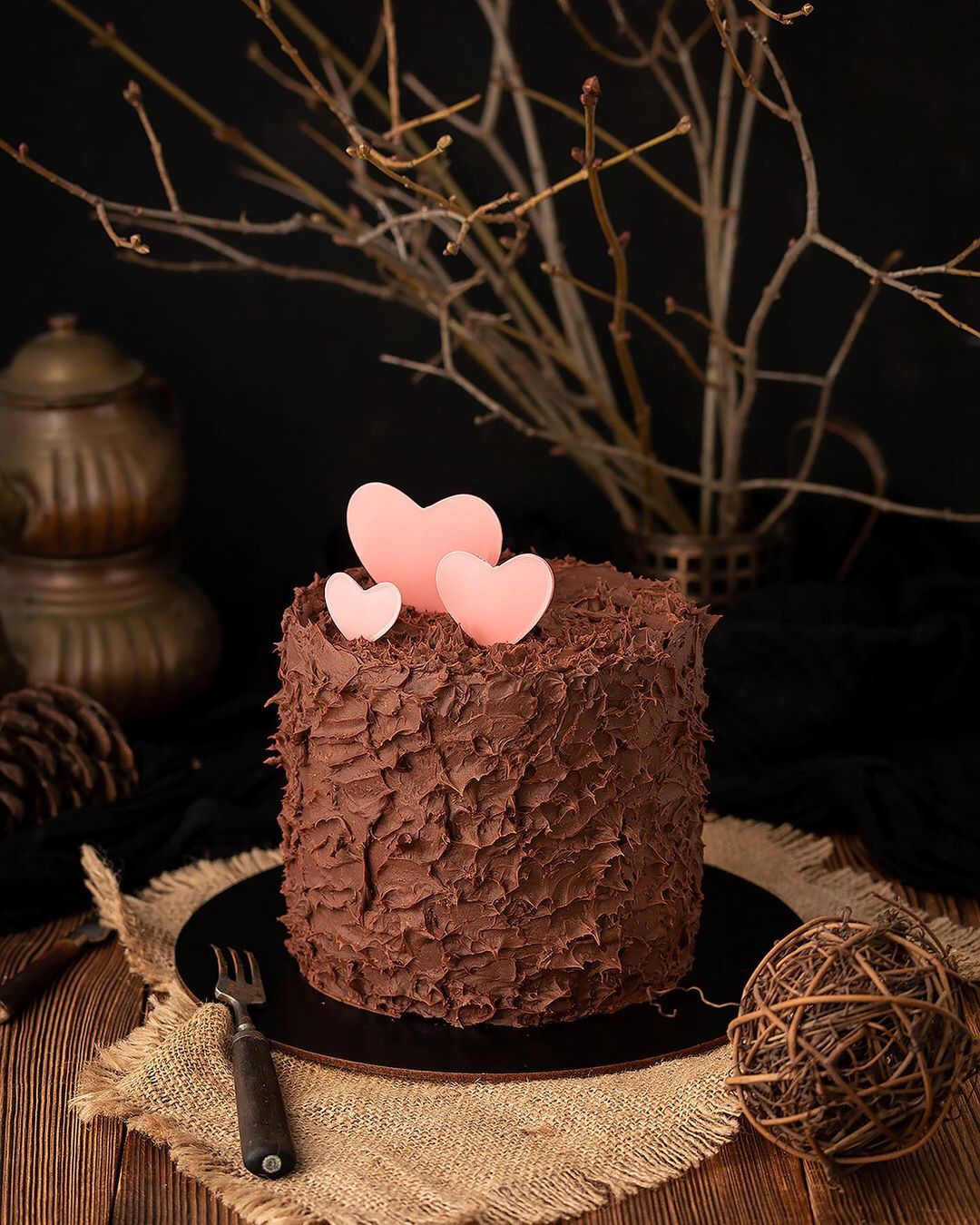Ingredients
Truffles
Instructions
Step 1
Step 2
Step 3
Step 4
Step 5
Step 6
Servings
Equipment
Perfect for bringing cream and vanilla to a boil; opt for a heavy-bottomed pan to prevent scorching.
A heatproof mixing bowl is essential for ensuring your chocolate melts evenly and smoothly.
A hand blender works great for mashing the truffle mixture to the perfect consistency; immersion types save on cleanup time.
Allows the truffle mix to set perfectly at a consistent, cool temperature overnight.
Use these for shaping and setting your truffles; the parchment paper keeps them from sticking.
A double boiler works wonders for tempering chocolate or preparing a smooth glaze.
Variations
Faq
- How do I know if my truffle mixture is at the right temperature?
Use a kitchen thermometer to make sure the temperature does not exceed 104F (40C). This ensures the butter blends smoothly without melting.
- Why should I let the truffle mass stabilize in the fridge overnight?
Resting in the fridge allows the flavors to meld together and gives the truffle mixture the perfect consistency for shaping.
- Can I use milk chocolate instead of bitter chocolate?
Yes, but keep in mind milk chocolate is sweeter and may alter the truffle's flavor. Adjust the sweetness to your preference.
- How do I temper chocolate for the coating?
To temper chocolate, melt two-thirds of your chocolate in a double boiler, then slowly add the remaining third and stir until fully melted and glossy.
- Why is my truffle mixture too sticky to shape?
This can happen if the mixture is too warm. Chill it for an additional 15-30 minutes in the fridge to firm it up before trying again.
- How long can I store these truffles?
Truffles coated in tempered chocolate can be stored in an airtight container for up to two weeks, while those with glaze are best consumed within three days.
